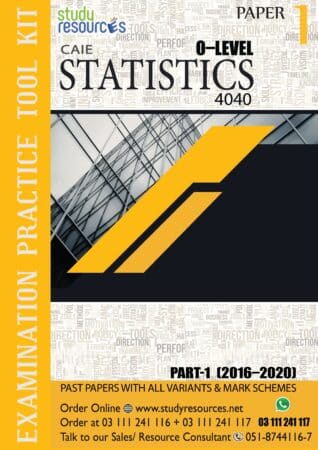
IGCSE A Level Cambridge Paper
Statistics Past Papers IGCSE A-Level Cambridge Paper 2016-2021
The CIE IGCSE Mathematics examination is graded 9-1 in the UK and internationally. Past papers for this exam are freely available for download. The following links provide past paper solutions and marking schemes for the 0626 syllabus, which is the same as the Cambridge IGCSE Maths – 0580 syllabus. These papers will help you in preparing for the new GCSE exams that will be administered in July/August and June 2021.
The DES provides statistics for all the GCSE subjects in the final year. In 2013, only 6.8% of the candidates achieved a grade A, whereas 39.8% achieved a grade A to C. In the UK, many GCSE qualifications used a modular system where students could submit up to 60% of the assessment before the final examination series. This system allowed students to resit their exams in order to boost their grades.

Historically, the mathematics paper was set in three tiers
After a few years, the mathematics subject was brought into line with other subjects. It used to be that the highest grade for a subject was a grade A and the lowest grade was a C. This was in line with the previous system in the UK, where grades C was considered a pass. Today, this is no longer the case.
DES statistics for O-Levels in the final year show that only 6.8% of the students achieved a grade A, while 39.8% achieved grades A to C. The modular system was common among GCSE qualifications, where up to 60% of the assessment was submitted before the final examination series. This allowed students to retake the tests in order to improve their grades. Therefore, the DES statistics are updated frequently, and they should be checked regularly.
The DES statistics are also available for O-Levels in the final year
This statistics show that the majority of students achieved a grade A. The remaining 39.8% obtained a grade B or C. In addition to this, many GCSE qualifications were developed using a modular system. During this time, students had the option to take some units prior to the final examination series. They could also resit the exams in order to boost their grades.
DES statistics are available for O-Levels and GCSEs. The majority of candidates achieved a grade A in these examinations. The rest of the students achieved grades from A to C. In fact, this system was also applied to GCSEs and O-Levels. The latter qualification is awarded after a successful completion of a module. However, the latter is more complex.
The DES statistics are available for O-Levels in the final year
The average pass grade in these qualifications was six percent, and 39.8% of students obtained a grade A. The results of the examinations were more mixed, with the highest grades being A and C. The DES statistics for GCSEs indicate that the DES examination is a multi-tiered exam. For O-Levels, the highest passing grade was the highest, followed by the lower grade, while the lowest grade was B.
DES statistics are available for O-Levels. It shows that six percent of candidates achieved a grade A. The remaining 39.8% obtained a grade A to C. For GCSEs, many of the qualifications used a modular system. Some assessment units were completed before the final examination series. This allowed students to re-take a unit before the final examination series. In this way, they were able to improve their grades by retaking it.
The IGCSEs are internationally accepted and can be taken in any country. They are also graded on a graded scale, from one to five. A grade A is equivalent to a C. And a C is equivalent to a B. A GCSE requires a student to take all the required units of a subject. So, if he or she doesn’t complete a unit, it’s time to re-sit it.

Comments (0)